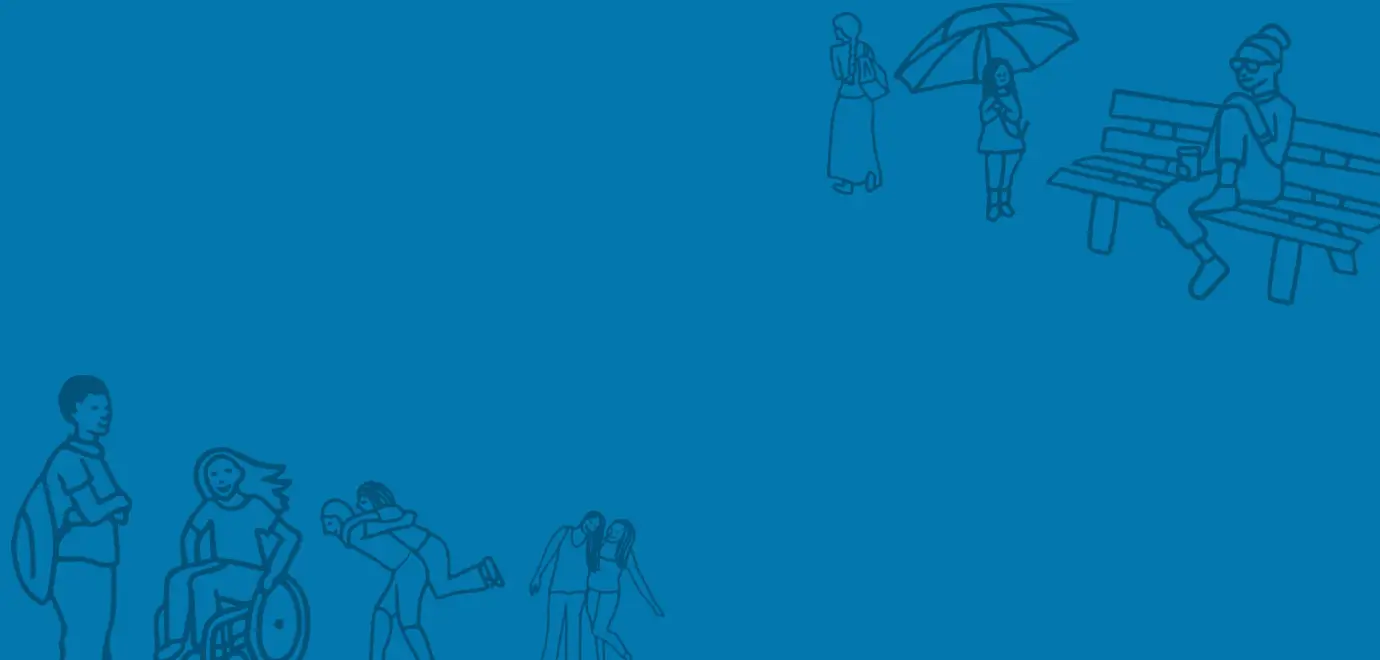As the Children’s Commissioner for England, my ambition for society is one where all children have an equal opportunity to succeed in life. Over the past year my office has particularly focused on representing the needs of the most vulnerable children.
‘Disadvantaged’ is a term used to describe children facing barriers to success, however defining exactly what we mean by disadvantage is complex, as it can manifest in many different ways.
We should use language that reflects children’s own views and experiences of the barriers to success that children face. In The Big Ask, I asked children across England to tell me about these, and the answers were varied: some children talked about financial barriers, some children talked about not having a family that provides them with the care and love they need, some children talked about not getting the support they need at school.
Though they may not use the word itself, children can vividly describe examples of the disadvantages some children face. Some of these are intrinsic, as when a child is born with a disability, and others are more circumstantial and amenable to change, as when schools successfully support pupils to improve low attendance.
It is crucial that any definition recognises that pupils can face multiple, compounding, barriers. Our research on the link between certain pupil characteristics and attainment shows that of the cohort of pupils who have had special educational needs, had a social worker and have been eligible for free school meals, only 13% passed their Maths and English GCSEs in 2019.
Another challenge to defining disadvantage in practice is that many barriers and vulnerabilities children face aren’t measured regularly or systematically. We know from the Family Review how critical the home environment is for children’s outcomes but the definition of disadvantage in schools – based on whether a pupil has been eligible for free school meals and whether they’ve been looked after – doesn’t capture any wider family dynamics. A wider conception of disadvantage (i.e. a ‘family premium’) would ensure these pupils are given any additional support needed to reach their potential.
Regardless of the definition, in addressing disadvantage we need to take a holistic approach that considers the multiple factors that impact children’s wellbeing. This means working with families, schools, healthcare providers, and wider family services to improve children’s outcomes under a shared outcomes framework.






